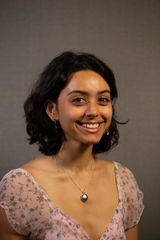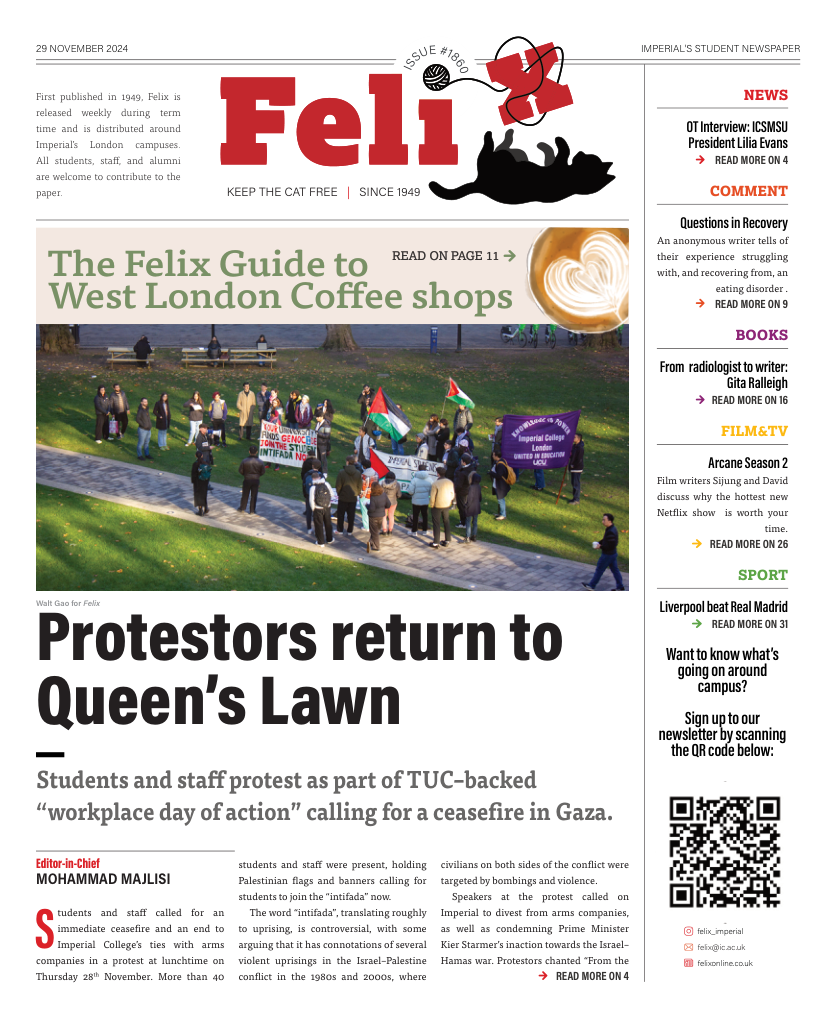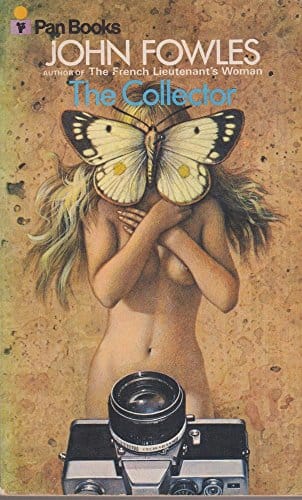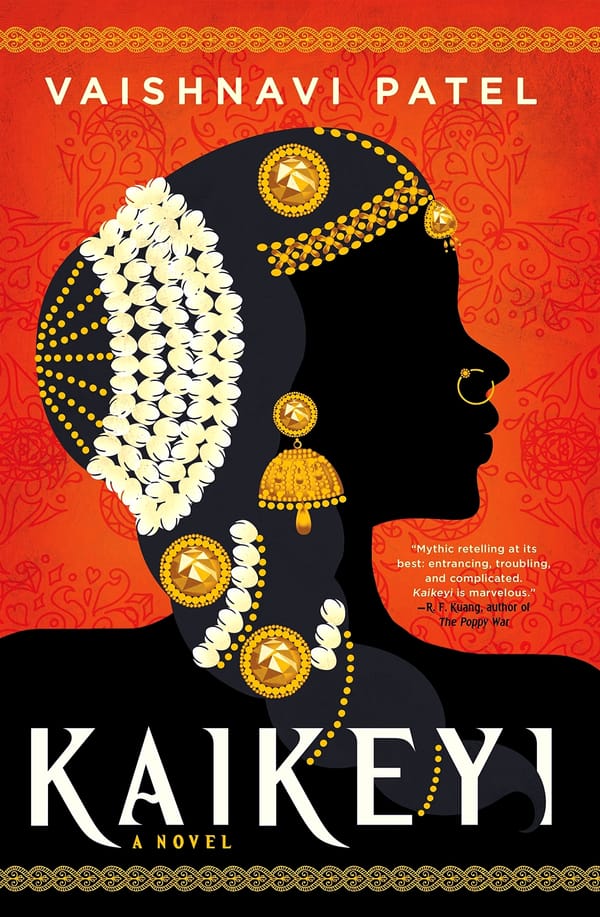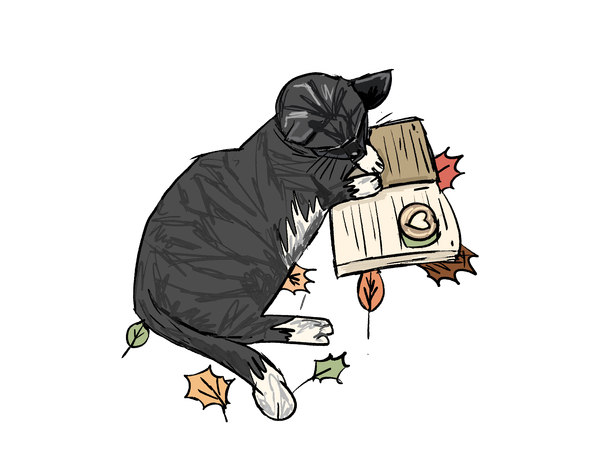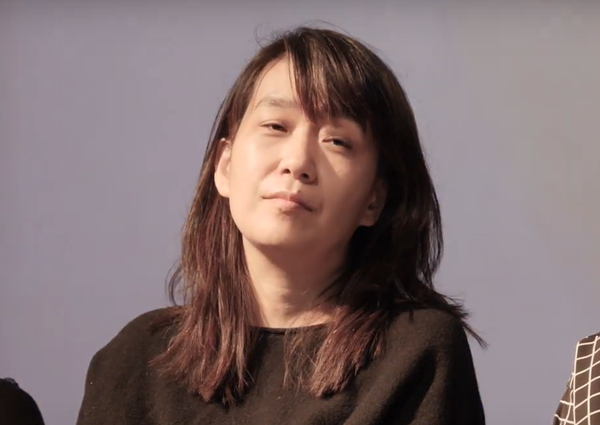From radiologist to writer: an interview with Gita Ralleigh
Aditi and Shanaya speak to Imperial College lecturer Gita Ralleigh about her career switch, life as a writer, and of course, some of her favourite books.
Gita Ralleigh is an undergraduate creative writing teacher and personal tutor at Imperial College. Before teaching at Imperial, she worked in the NHS as a medical doctor for over 30 years.
What prompted you to make the switch from medicine to creative writing?
I actually came to creative writing quite late in life. I would have loved to do it during my medical degree but nothing like that was on offer. Then came postgraduate ex- ams and long hours – the demands of the job simply didn’t allow me to try writing.
I’d had two children. After my second child was born, I went back to work part time instead of full time. And I thought, you know what? This is the opportunity that I’ve always been waiting for to have a go at creative writing.
How did you go about making that drastic switch?
I did some writing on my own. Then I enrolled in a course run by Faber, a publisher in London. I enjoyed that so much. I went on to do an MA in creative writing at Birkbeck College, designed for working people who want to do part time degrees. And I just kept on going from there.
But that was a long time ago; I completed my MA in 2015 and only officially stepped down from clinical practice last month. So, I kind of kept on doing both for a long time.
Is it possible to do both?
Yes, I think you can do both. I have friends who doctors and creative writers, doctors who write non-fiction, and doctors who write poetry. In my case, teaching, writing, and practicing medicine became too much so I wanted to try out just teaching and writing. I don’t necessarily think you have to choose. That’s my main message, and that’s why I love teaching at this institution.
What drew you to teaching?
I love the process of mentoring and working with others: seeing sparks of creativity light up, the work students produce, and helping them improve it.
What about to creative writing?
I think I just always loved reading and books. Even when I was a medical student or working 100-hour weeks, I would always read. Reading continues to be an escape. I think enjoyed it so much I was drawn to express myself through writing.
Secondly, I became aware when my kids were young that there were not a lot of children’s books with South Asian characters or characters of colour.
So, it was partly about self-expression, and partly because I could see a gap in the market that I thought publishing wasn’t filling. I thought maybe I can try and fill that gap.
What are some challenges you face in creative writing?
I would say you’re definitely a lot poorer! That’s one thing. Another daunting aspect is that it’s so undefined. In medicine, every minute of my day was timetabled. Whereas now, I could write today, or I could not write, or I could just sit in my pyjamas.
The challenge is: how do you define yourself when you’ve always had to go through exam after exam after deadline after deadline? How do you cope with the open-ended nature of it?
Where do you like to write?
The British Library. It’s such a lovely place to hang out and read. The Humanities room is my favourite, so you might spot me in there.
Other than that, I really like cafés, but it certainly has to be the right kind of café to write in!
Do you have any tips for aspiring writers?
Funnily enough – try not to think about the perfect environment to write in. I’ve produced kind of many manuscripts that didn’t get published, and many poems that didn’t get published. And you know I wrote a lot of my poems way into work at Charing Cross using my notes app. It would be scrappy and imperfect, but if you get something down, you can always go back to it and make it better later.
Don’t underestimate your little gaps of time, because even those little scraps can grow into something if you use them wisely.
Who are some authors that have inspired you?
I’m currently writing a detective story so I’m reading plenty of detective/mystery stories. Otherwise, I’m really very interested in fantasy, folklore, mythology. I really enjoy Haruki Murakami. He’s one of my favourite writers and a big influence. I also love Ursula Le Guin – a classic fantasy writer as well.
What draws you to their work?
As scientists we know the laws that the natural world obeys. Then, in fantasy things happen that don’t obey those natural laws. It sets up all kinds of questions and problems, and becomes a way to interrogate the world that we live in. I think Le Guin and Murakami both use fantastical elements to interrogate and examine things that we take for grant- ed in the world sometimes. That’s what I really love about fantasy, its power to do that.
What is your all-time favourite book?
If you’re going to read one book, I would say read Beloved by Toni Morrison. It’s almost such a good book that you read it and want to give up writing altogether, because it’s just so amazing.
The protagonist does something terrible, but Morrison makes us sympathise with her. She makes us understand her. A novelist has the power to bring characters alive.
Morrison is an amazing thinker as well. She shows how a novelist must have such an expansive world view.
Also, I think sometimes, as a writer of colour you can be dismissed by a world that doesn’t really see you. Toni Morrison really came up against that, but knocked down any barriers that were in her way to even win the Nobel Prize.
What is piece a of advice you have for a STEM-driven Im- perial student?
Don’t dismiss language. I feel like all scientists, whether they’re interested or not, need to have a grounding in language. However good the science is, if you can’t communicate it to non-scientists, then you’re stuck.
Language is power. We dismiss it at our own peril. You can employ it both in a good way and a bad way. We need to be aware of that. Remember that that language is the only thing we have when we communicate with each other.

